Some of the most frustrating and complicated years for parents are when their children become teens. However, these can also be some of the most rewarding years. For many parents, the key to surviving adolescence is actively helping their teens make healthy decisions, and a big part of this is understanding how teens think and reason. Here we present a helpful guide with tips on how to help your teens make the right choices.
Talk to Teens About the Benefits of Avoiding Certain Behaviors
Teens tend to weigh the benefits versus the risks of decisions to minimize the likelihood of negative consequences. When faced with a decision about trying alcohol, for instance, teens may consider how likely it is that they will experience the negative effects of taking a drink. They may believe that one drink or one drug experiment isn't dangerous enough to affect them. Rather than stressing the risks of consuming drugs and alcohol or engaging in other behaviors with your teens, Mayo Clinic suggests focusing on the benefits of not engaging.
Teach Teens To Avoid Unsafe Situations
Kids are surrounded by danger in their communities, in their schools, and sometimes in their homes. According to NPR, focusing on those dangers and risky behaviors raises your teens' awareness but often leads to increased anxiety or heightened interest. Teach adolescents how to be safe rather than focusing on the hazard itself:
Stay in groups of friends with the same goals.
- Have a safety plan in place for situations that feel unsafe.
- Recognize signs of danger, such as the absence of adults.
- Get comfortable saying "no" assertively.
- Practice getting attention and help from other people.
- Tell someone when a situation doesn't feel right.
Reduce Exposure to Unhealthy Situations and Substances
When children are young, parents often restrict access to sugary foods and drinks and provide access to fruits and vegetables instead. Experts agree that the decision to avoid exposing children to unhealthy substances and unsafe behaviors can be an effective way to encourage healthier habits. Make similar adjustments to your home to set your teen up for success:
Keep computers in common areas of the home.
- Limit the number of passengers teen drivers can have in their cars.
- Lock up drugs and alcoholic substances in the home.
- Set curfews for nightly activities.
Remember that modeling appropriate behaviors is one of the best ways to encourage safe behaviors. Teens are more motivated by parental actions and approval than parents think.
Model Positive Behavior
It is never too early to encourage goal-oriented behaviors. Talk to your children and teens about how they can move toward their dreams. If you want to pursue a master's degree in information technology, for example, and you enroll in an online degree program, your teens are more likely to believe their dreams are also within reach.
Also be a role model when it comes to making good food choices. If you work from home, invest in the time you have and the convenience of a nearby kitchen to prepare healthy meals and snacks.
Enroll Teens in Martial Arts
Physical activities and teen sports have many benefits, but martial arts, such as karate and tae kwondo, can be particularly effective at teaching desired skills,
- Developing personal discipline over emotions and physicality
- Experiencing a boost of self-confidence, independence, and personal control
- Seeking guidance from mentors
- Acting as role models to other youth
- Using physical activities to feel positive and enjoy endorphins
Most importantly...
As a parent, spend time with your teens, learning to recognize their thinking patterns and aspirations. Have conversations about the benefits of healthy decisions and activities. Model the behaviors you want to see and encourage healthy choices.



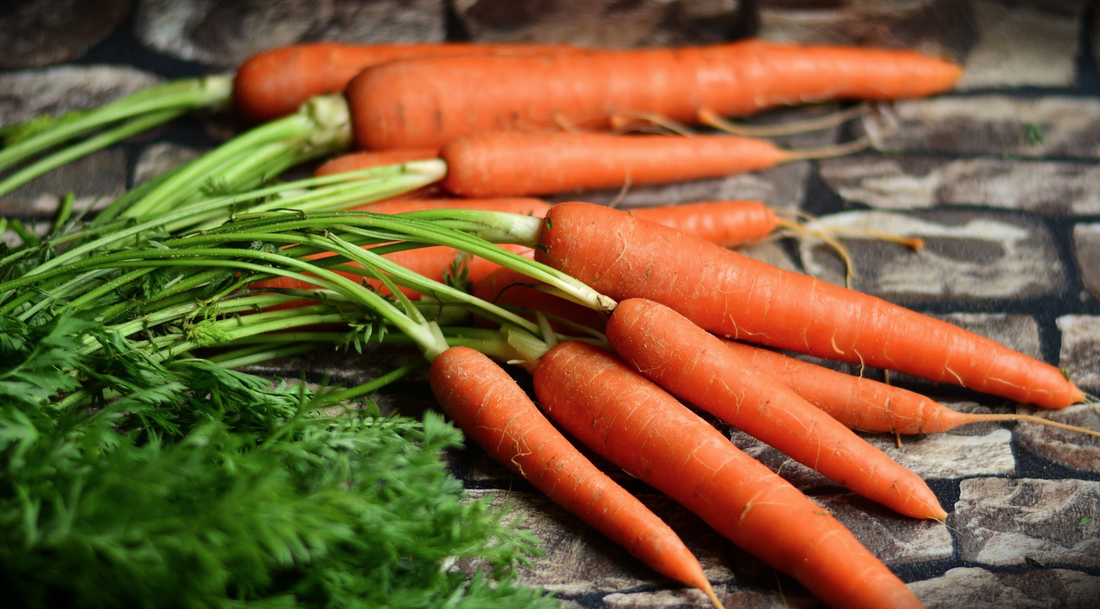
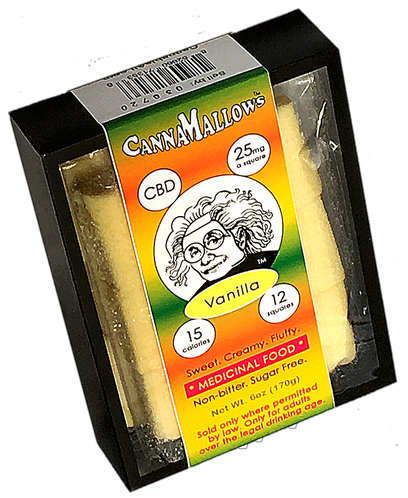
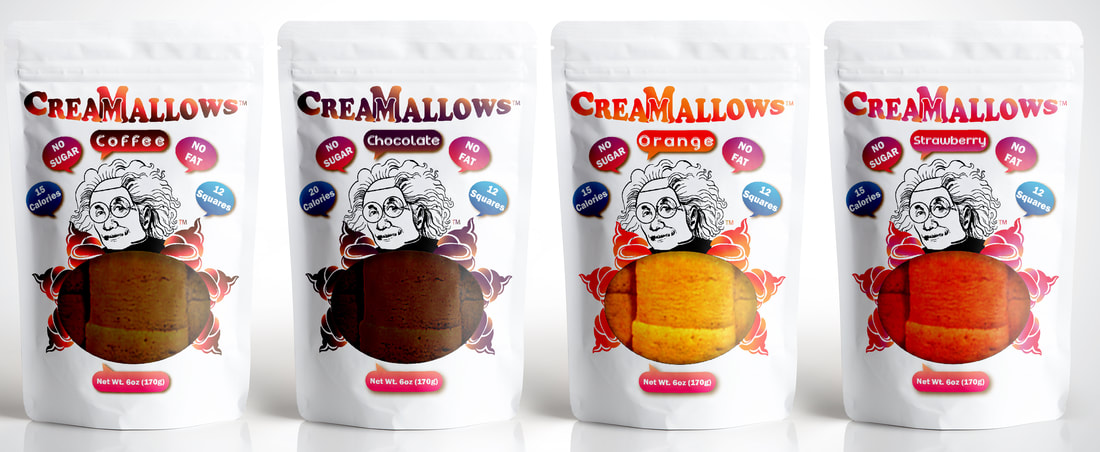
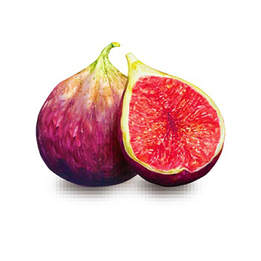
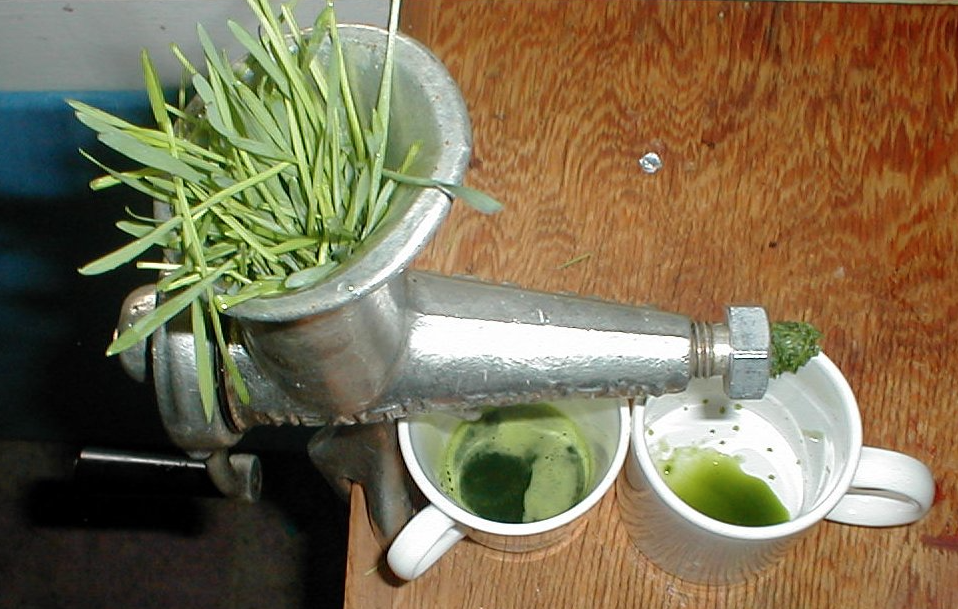

 RSS Feed
RSS Feed